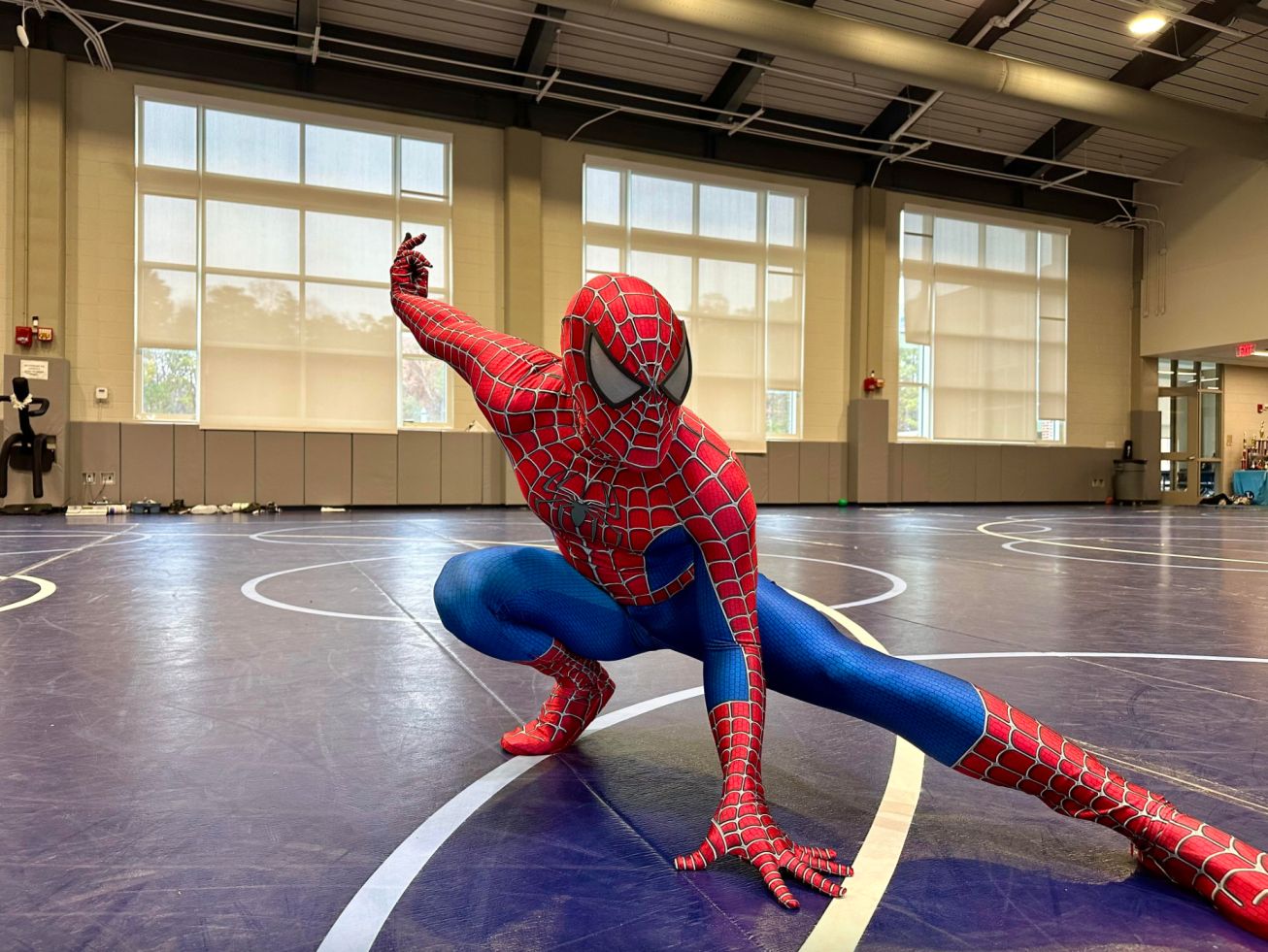Jonathan Nicholson- Breck School
November 19th, 2025
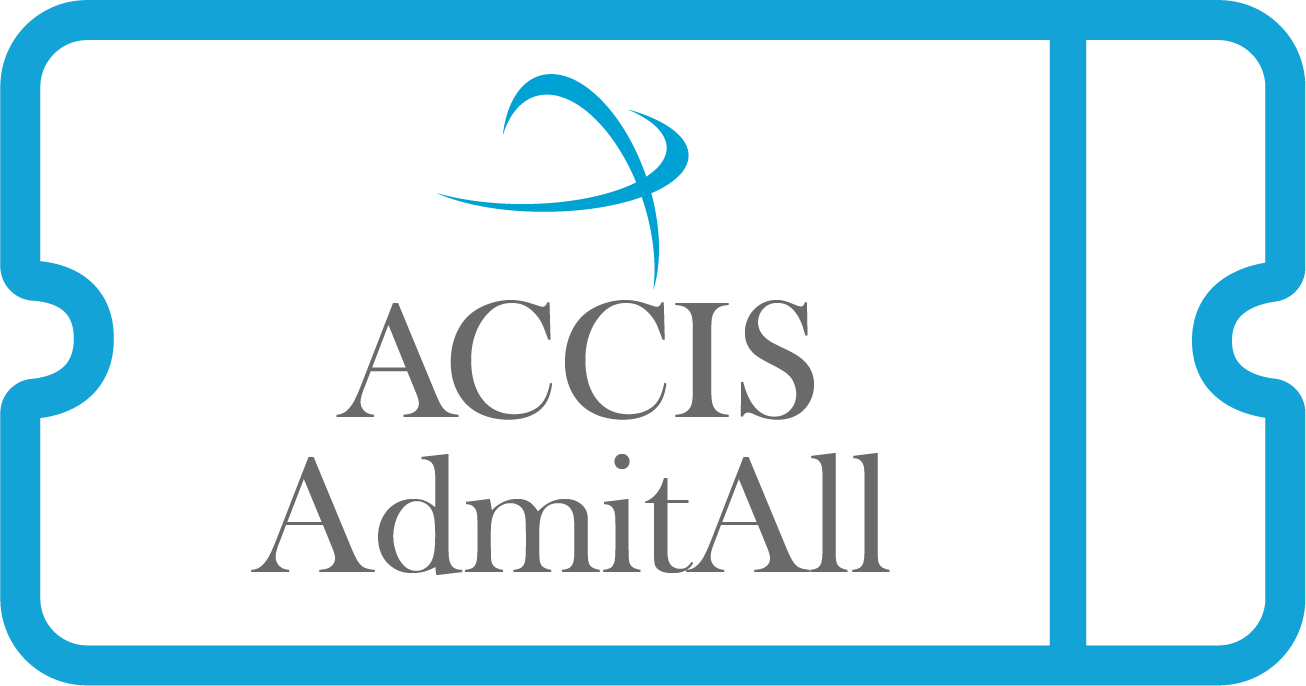
In an attempt to promote common language and to support employees, there has been a growing practice of using pocket sentences - short, helpful lines that can effectively capture a point.
With November 1 still fresh in the rearview, I am exhausted. However, there is still work to be done, programs to plan, fires to put out. In short, the work is still there, and we are needed more now than ever before. Below is wisdom from people I admire, reconstituted as pocket sentences. Perhaps you may find them to be useful tools for meditation, reflection, inspiration, or survival.
The days are long; the years are short.
This wisdom was wasted on me in my early years of parenting as I was intently focused on survival and, on the good days, maintaining some form of professionalism. I would invest personal time into chores - cleaning the house, washing the car, you name it - feeling that the show of organization could make me feel in control. It never did. And the mess always returned.
As parents, we’re never really in control.
We know the family because they’re always around - wanting explanations, asking for conversations, seeking this teacher or that class, pushing for the higher grade. This approach to parenting at independent schools can yield results. The child may very well end up in the higher level course, with the better grade, or in class with the teacher who grades easier or pens the better recommendation letter. The results can leave parents feeling that all will be well, and a student less prepared.
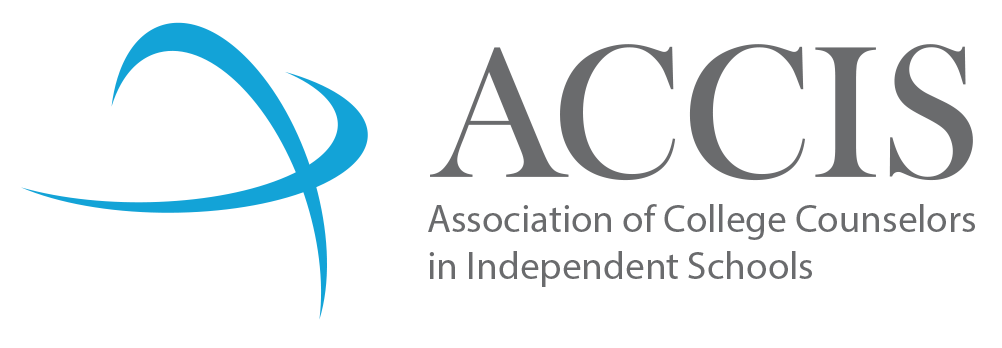
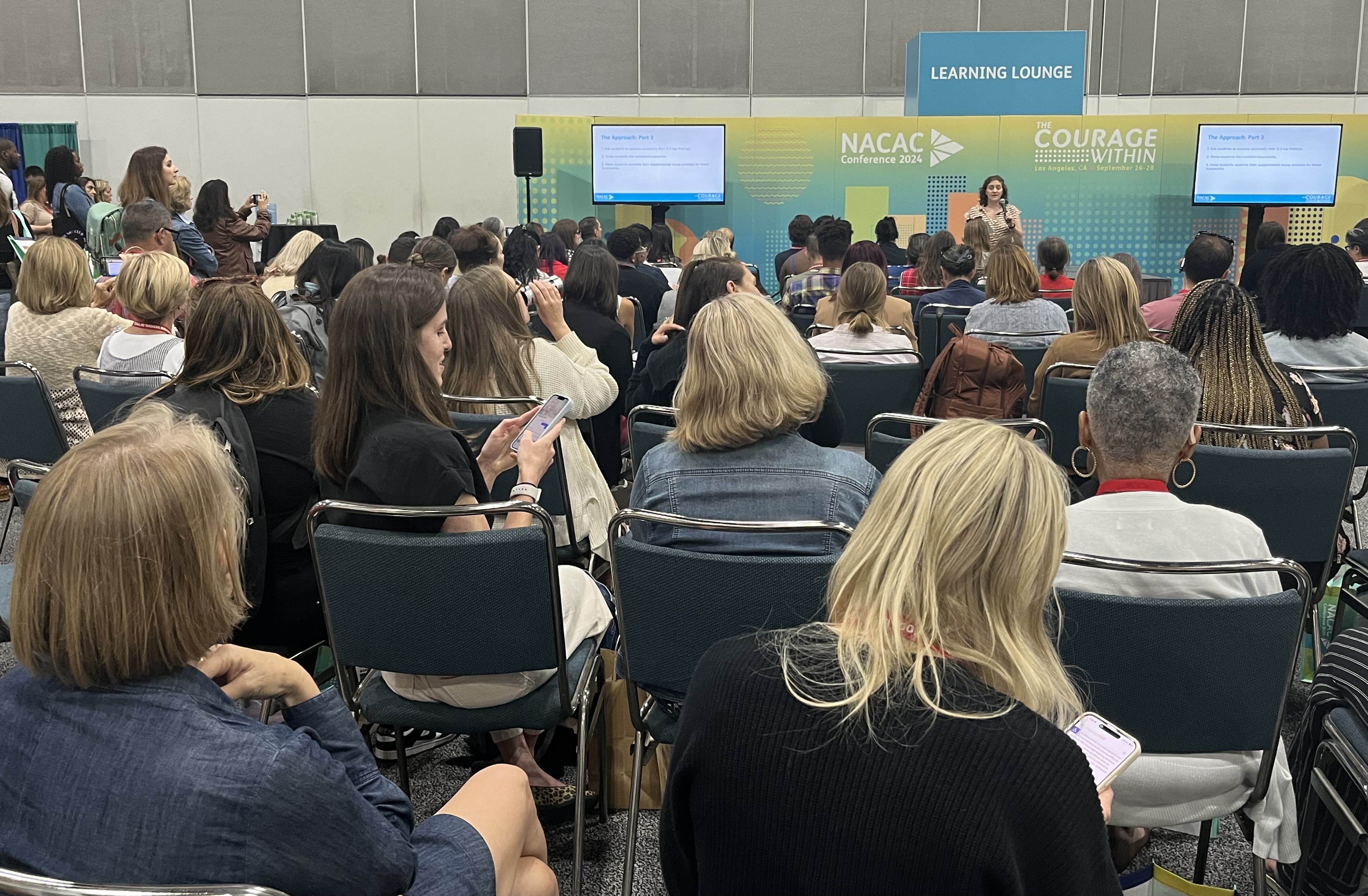 Last fall at NACAC, while presenting “Below the Water’s Edge: A Reflective Deep Dive to Aid Students’ Supplemental Essay Writing,” I felt immense hope as I witnessed the enthusiastic nods from attendees. We know that many selective and highly selective institutions in the United States emphasize holistic review in their admissions process. A student’s ability to engage in diverse communities has become an increasingly prized attribute. Just as grades are a strong predictor of future academic success, a student’s capacity to thrive in diverse environments is best conveyed by how effectively they articulate their unique perspectives and backgrounds during the application process.
Last fall at NACAC, while presenting “Below the Water’s Edge: A Reflective Deep Dive to Aid Students’ Supplemental Essay Writing,” I felt immense hope as I witnessed the enthusiastic nods from attendees. We know that many selective and highly selective institutions in the United States emphasize holistic review in their admissions process. A student’s ability to engage in diverse communities has become an increasingly prized attribute. Just as grades are a strong predictor of future academic success, a student’s capacity to thrive in diverse environments is best conveyed by how effectively they articulate their unique perspectives and backgrounds during the application process. 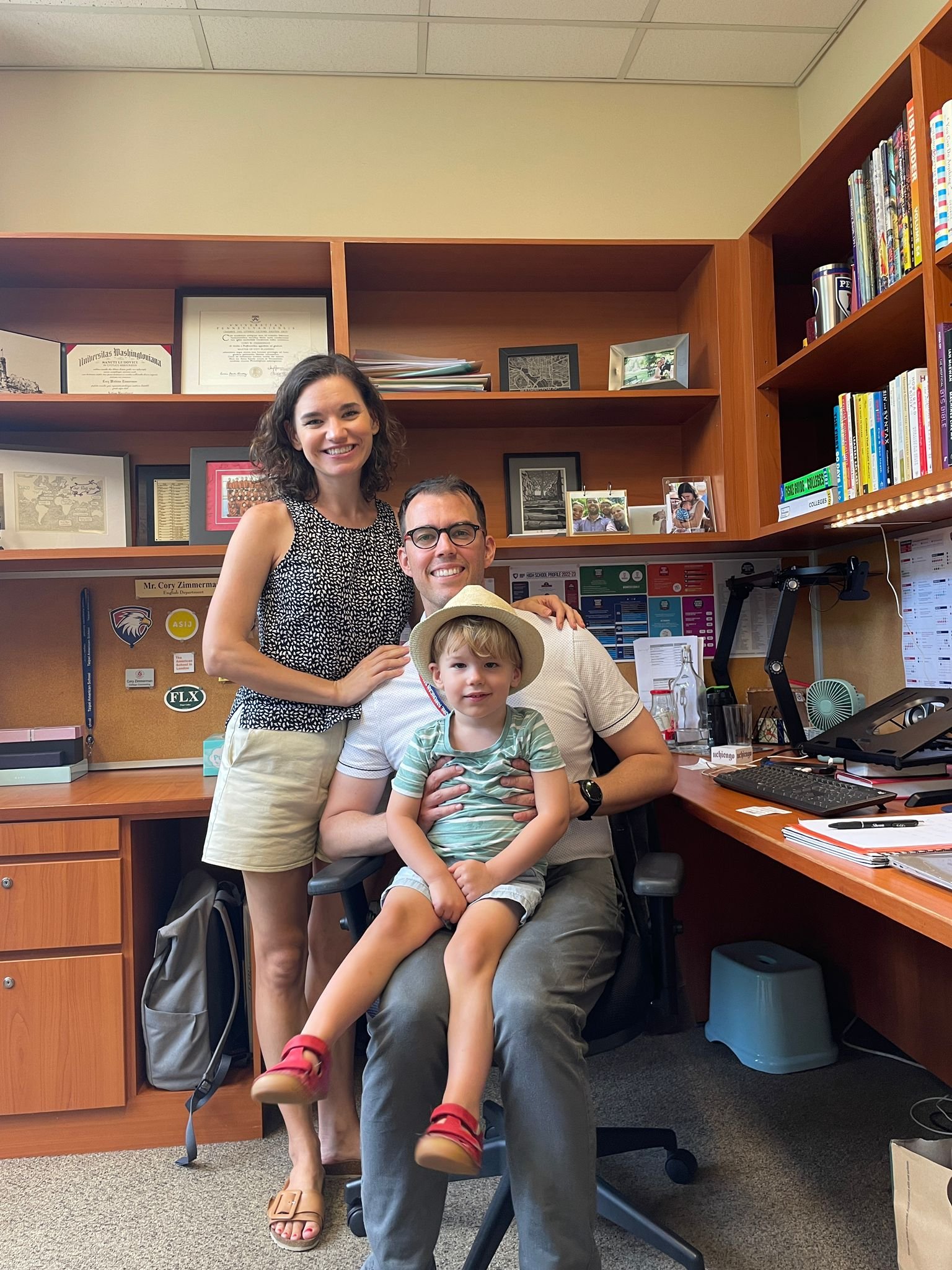
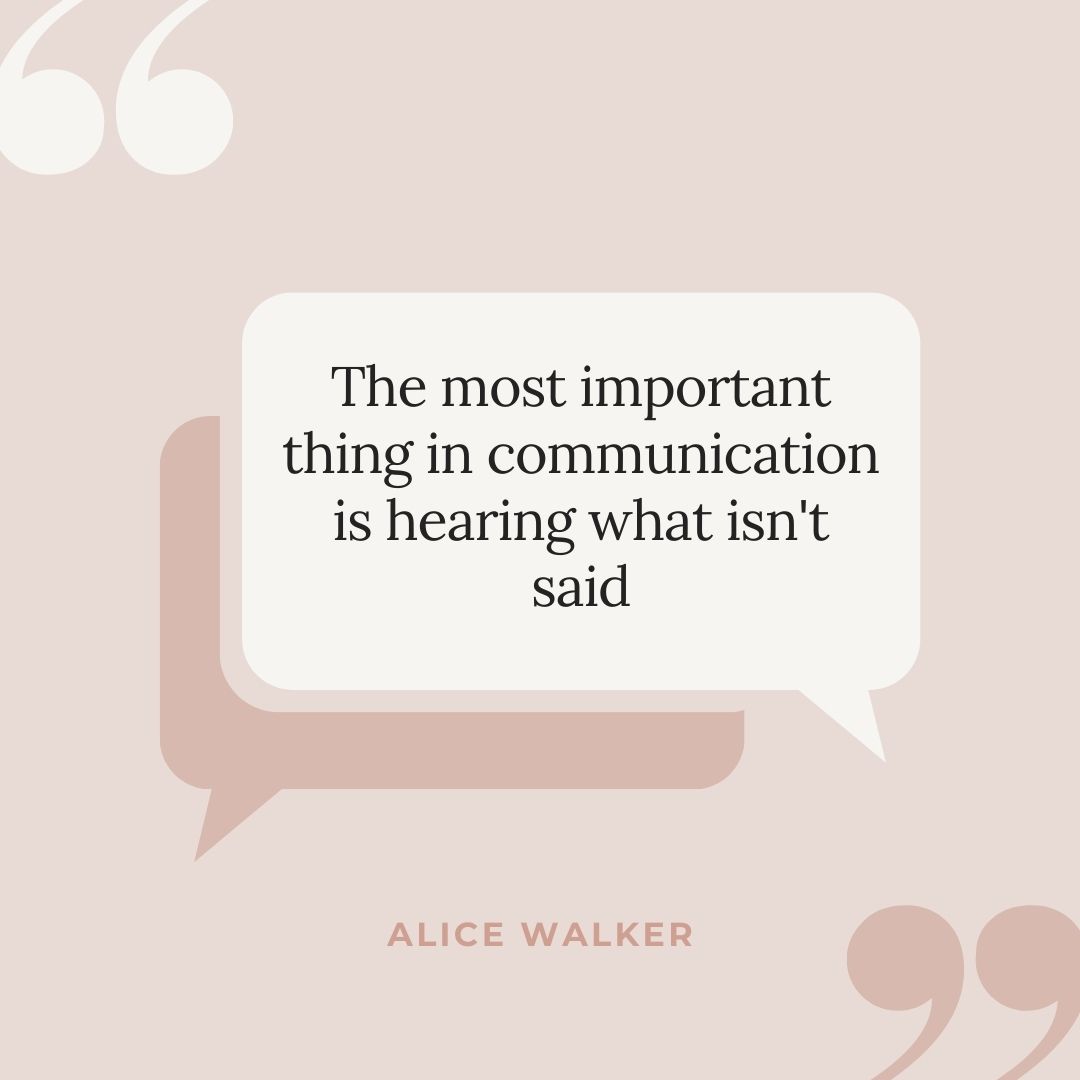 Most of us wear many hats at our respective institutions. We can easily lose focus on what is in front of us–the ebbs and flows in our work often cause our attention to shift. Admittedly, I do. After all, I’m human, not perfect and not always successful at giving everyone my undivided attention. So, as I make a concerted effort (New Year, New Me-insert eye roll) to become a better listener, more effective professional, and, in turn, a better College Counselor and friend, I offer a few things that I’m putting into practice as a way to help someone else, too. That someone else might just be you.
Most of us wear many hats at our respective institutions. We can easily lose focus on what is in front of us–the ebbs and flows in our work often cause our attention to shift. Admittedly, I do. After all, I’m human, not perfect and not always successful at giving everyone my undivided attention. So, as I make a concerted effort (New Year, New Me-insert eye roll) to become a better listener, more effective professional, and, in turn, a better College Counselor and friend, I offer a few things that I’m putting into practice as a way to help someone else, too. That someone else might just be you.